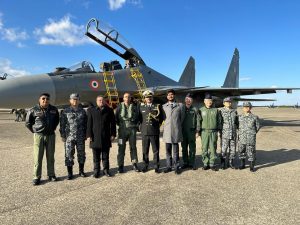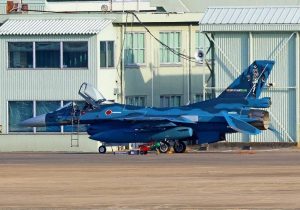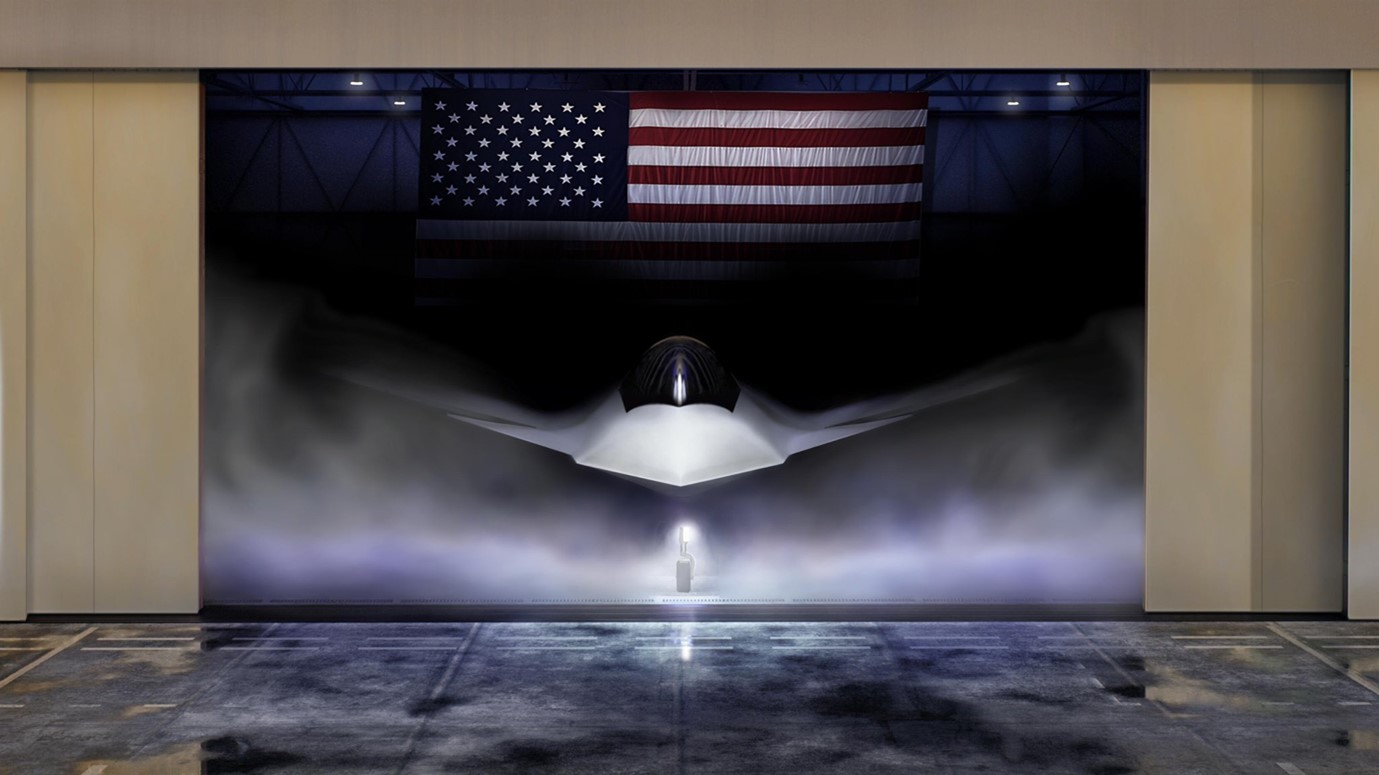
Ex-‘Veer Guardian-2023’: A Strategic Boost to Indo Japanese Defence Cooperation

The joint air exercise “Veer Guardian-2023” between the Indian Air Force (IAF) and Japan Air Self Defence Force (JASDF) has commenced in Japan and is scheduled to take place from January 12 to January 26, 2023, to foster international cooperation in air operations.[1] Squadron Leader Avni Chaturvedi, the nation’s first female fighter pilot and commander of a Sukhoi-30MKI squadron of the Indian Air Force (IAF), is part of the IAF contingent. The IAF contingent reached Hyakuri Air Base, Japan, on January 10, 2023.
Contextual History
The recently released “National Security Strategy of Japan (NSS)”, a consequence of recent regional geopolitical developments, states that Japan will expand its multi-layered network of allies and nations that share its values as well as strengthen deterrence. The Japanese Cabinet approved the National Security Strategy, National Defence Strategy, and Defence Build-up Program on December 16. As a result, Japan will strengthen security cooperation with India while utilising frameworks like the Japan-U.S.-ROK and Japan-U.S.-Australia.[2]
NSS is based on a presumption that the global community is going through changes that are slowly bringing in a new era. The global system is demonstrating yet again how interdependence and globalisation cannot ensure peace and progress on a global scale. The post-Cold War expansion of the free, open, and stable international order now faces significant threats due to historical shifts in power dynamics and escalating geopolitical rivalries. Meanwhile, number of problems, including the spread of infectious diseases and climate change, call for international cooperation. Conflict and cooperation are deeply entwined in international relations in today’s world scenario.. Therefore, strategic dynamics are being tailored in accordance with international relations.[3]
Chief of Staff of the Japan Air Self Defence Force (JASDF), General Shunji Izutsu , at the Asia Society, mentioned that Japan is exploring its options for deterring opponents who are prepared to change the status quo through coercion. The development of Sino-Russian relations and its impact on Japan’s defence is also closely monitored. Japan will demonstrate its strong desire and capacity to ensure that deterrence in the region is based on the alliance between the US and Japan, in coordination with the Quad members.[4] Being part of strategic lateral “QUAD”, participation in ‘Malabar Maritime Exercises” is one of such important measures by Japan.
After ascertaining the credibility of the Indo-Japanese relationship, Japan initiated several measures to further strengthen the association. In September 2022, during the second “2+2 Foreign and Defence Ministerial” dialogue held in Tokyo, India and Japan decided to expand their bilateral defence cooperation and participate in more military drills, including the first joint fighter jet exercises.[5]
The long-standing friendship between the two Air Forces will be strengthened by the exercise “Veer Guardian,” which will also expand their strategic ties and closer defence cooperation opportunities.
Operational Objectives
During several international air exercises, the United States, French, and British air forces, as well as air forces from other nations, were very impressed by the performance of IAF pilots. The IAF is well known for having some of the best aircrew training in the world. As a result, to get the most out of their training, different air forces are constantly eager to practice air combats and interact operationally. JASDF and IAF will brush up on their air combat capabilities.

“The World Directory of Modern Military Aircraft (WDMMA)” recently released “the Global Air Powers Ranking 2023”, a study that ranks countries based on their respective air forces’ overall fighting capabilities. According to the report IAF has overtaken “the People’s Liberation Army Air Force, also known as the Chinese Air Force”, “the Japan Air Self-Defence Force (JASDF), the Israeli Air Force, and the French Air and Space Force” in the rankings. The Indian Air Force( IAF) has been ranked 6th in Global Rankings and the JASDF is ranked 8th.[6]
The long-standing friendship between the two Airpowers will be strengthened by the exercise “Veer Guardian,” which will also expand their defence cooperation potential.
The IAF contingent is consisting the following aircraft:
(a) Su-30 MKI: 04.
(b) C-17 : 02.
(c) IL-78 : 01.
The JASDF will be participating with the following aircraft:
(a) F-2 : 04.
(b) F-15 : 04.
Various aerial combat drills between the two Air Forces will be conducted as part of the first exercise. They will engage in complex multi-domain air combat missions while exchanging concepts of operations. Brainstorming sessions between experts on both sides will also be held to exchange knowledge on various operational areas.
Operational Capabilities of F-2. The Mitsubishi F-2 is a multirole fighter that was originally based on the American General Dynamics F-16 Fighting Falcon. It is Japan and the United States with a 60/40 manufacturing share. Mitsubishi Heavy Industries and Lockheed Martin jointly produced it for the Japan Air Self-Defence Force. A larger, more robust version of the F-16 first developed in the 1990s, the F-2 will age out in the 2030s. JASDF continue to fly approximately 90 Mitsubishi F-2s.[7]
The F-2 is known as the “Viper Zero,” a play on the Mitsubishi A6M Zero and the unofficial “Viper” is nicknamed for the F-16. The F-2 is half-meter longer than a standard F-16C, has more prominent strakes and tail, a three-piece canopy, and 25% larger wing surfaces to enable better manoeuvrability and more weapon hardpoints.
To compensate for added weight, lightweight composite materials were incorporated, including radar-absorbent graphite epoxy that reduces the F-2’s radar signature and is, therefore, more challenging to detect. The world’s first operationally deployed Active Electronically Scanned Array radar, the solid-state J/APG-1, is housed in the F-2’s slightly flattened nose. It had a detection range of 100 miles for ships and 145 miles for a medium-sized jet fighter. Compared to conventional radars, AESA radars are less susceptible to jamming and have higher resolution.[8]

Operational Capabilities of F-15. A twin-engine, all-weather air superiority fighter, the Mitsubishi F-15J/DJ Eagle is based on the McDonnell Douglas F-15 Eagle. It is used by the JASDF as the main fighter aircraft to complement the air defence capability following the retirement of the F-104 fighter plane. It is a supersonic, all-weather air superiority fighter based on the F-15C Eagle, with some modifications made such as radar warning. F-15 can carry one 20mm class machine gun, four Air-to-air radar missiles and four Air-to-air infrared missiles.[9]
The F-15J/DJ makes up nearly two-thirds of the country’s fighter aircraft. ‘The 2021 Defence of Japan’ White Paper states that as of March 31, 2021, Japan had the inventory of the following aircraft: –
(a) F-15J/DJs: 201.
(b) F-4EJs : 05.
(c) F-2A/Bs : 91.
(d) F-35A : 21.
Since the early 1980s, the service’s F-15J/DJs have been the country’s primary frontline fighters, regularly being called into action when Chinese and Russian military aircraft approach the nation’s airspace.
Challenges for JASDF
Japan is facing the ageing problems of F-2 and F-15 fleets. However, the “rejuvenation” of old F-15Js has its limits. Japan’s government debt is 266 per cent of GDP, the highest in the world and twice as high as that of the United States. There should be strict restrictions on how much Japan can increase its already excessive national deficit in an effort to speed up the F-15 upgrade programme despite China’s expanding air power.[10]
Japan has territorial disputes with China and Russia, and as a show of force, Beijing and Moscow frequently fly fighter jets close to Japanese airspace. Despite having a largely outdated and ageing air force, North Korea is armed with nuclear weapons and views Japan as an enemy country.[11]
With a $320 billion plan, Japan unveiled its largest military build-up on December 16, 2022. This defence budget will put it in a position for a protracted war as regional tensions and Russia’s invasion of Ukraine fuel war fears. Based on current budgets, the expansive five-year plan will elevate Japan to the position of third-largest military spender in the world, right after the United States and China.[12]
Conclusion
The Japanese government is concerned that Russia’s precedent-setting actions will inspire China to attack Taiwan, endanger the nearby Japanese islands, disrupt the flow of cutting-edge semiconductors, and potentially close off sea lanes that transport Middle Eastern oil, according to the Reuters. Japan is under pressure as a result of the dynamic geopolitics of the region brought up by China’s expansionist policy and the close ties between China and Russia. Japan is, therefore, desperate to build up its military power.
The joint defence exercises will enhance the combat waging capabilities of India and Japan. As a result of the joint defence cooperation, Japan could now grant India access to its cutting-edge technology, Artificial intelligence, and cyber security strengthening defence cooperation between the two countries.
‘Veer Guardian-2023’ may be a stepping stone for the strengthening of credible strategic relationship between India and Japan.
****************************************************************************************************************
[1] Twitter, IAF MCC, January 07, 2023, https://twitter.com/IAF_MCC/status/1611652381477076994. Accessed on January 08, 2023.
[2] NSS, “National Security Strategy of Japan”, MOD Japan, December, 2022, https://www.mod.go.jp/j/approach/agenda/guideline/pdf/security_strategy_en.pdf. Accessed on January 09, 2023.
[3] Ibid (NSS).
[4] “Security Challenges in the Indo-Pacific: A JASDF Perspective (Recap)”, Asia Society Japan, July 1, 2022, , https://asiasociety.org/japan/security-challenges-indo-pacific-jasdf-perspective-recap. Accessed on January 10, 2023.
[5] PIB Delhi, “IAF & Japan Air Self Defence Force Set To Exercise Jointly In Japan”, MoD, January 07, 2023, https://www.pib.gov.in/PressReleasePage.aspx?PRID=1889366. Accessed on January 08, 2023.
[6] “Global Air Powers Ranking (2023)”, WDMMA, 2023, https://www.wdmma.org/ranking.php. Accessed on January 03, 2023.
[7] Kyle Mizokami, “Japan Officially Has an All-New Jet Fighter in the Works”, Popular Machines, July 10, 2020, https://www.popularmechanics.com/military/aviation/a33265677/japan-new-jet-fighter/. Accessed on January 10, 2023.
[8] Sebastien Roblin, “Fact: A Tsunami Devastated Japan’s Souped-Up F-16s”, The National Interest, August 21, 2018 , https://nationalinterest.org/blog/buzz/fact-tsunami-devastated-japan%E2%80%99s-souped-f-16s-29422. Accessed on January 10, 2023.
[9] “F-15J Fighter Plane”, Mitsubishi Heavy Industries Ltd, https://www.mhi.com/products/defense/f_15j_jet_fighter.html. Accessed on January 10, 2023.
[10] Takahashi Kosuke, “F-15 Crash Highlights Japan’s Aging Aircraft”, The Diplomat,
February 04, 2022, https://thediplomat.com/2022/02/f-15-crash-highlights-japans-aging-aircraft/. Accessed on January 10, 2023.
[11] Ibid (Kyle).
[12] Tim Kelly and Sakura Murakami, “Pacifist Japan unveils biggest military build-up since World War Two”, Reuters, December 17, 2022, , https://www.reuters.com/world/asia-pacific/pacifist-japan-unveils-unprecedented-320-bln-military-build-up-2022-12-16/. Accessed on January 10,2022.
Disclaimer
The opinions expressed in this article are the author’s own and do not reflect the views of Chanakya Forum. All information provided in this article including timeliness, completeness, accuracy, suitability or validity of information referenced therein, is the sole responsibility of the author. www.chanakyaforum.com does not assume any responsibility for the same.
Chanakya Forum is now on . Click here to join our channel (@ChanakyaForum) and stay updated with the latest headlines and articles.
Important
We work round the clock to bring you the finest articles and updates from around the world. There is a team that works tirelessly to ensure that you have a seamless reading experience. But all this costs money. Please support us so that we keep doing what we do best. Happy Reading
Support Us















POST COMMENTS (0)